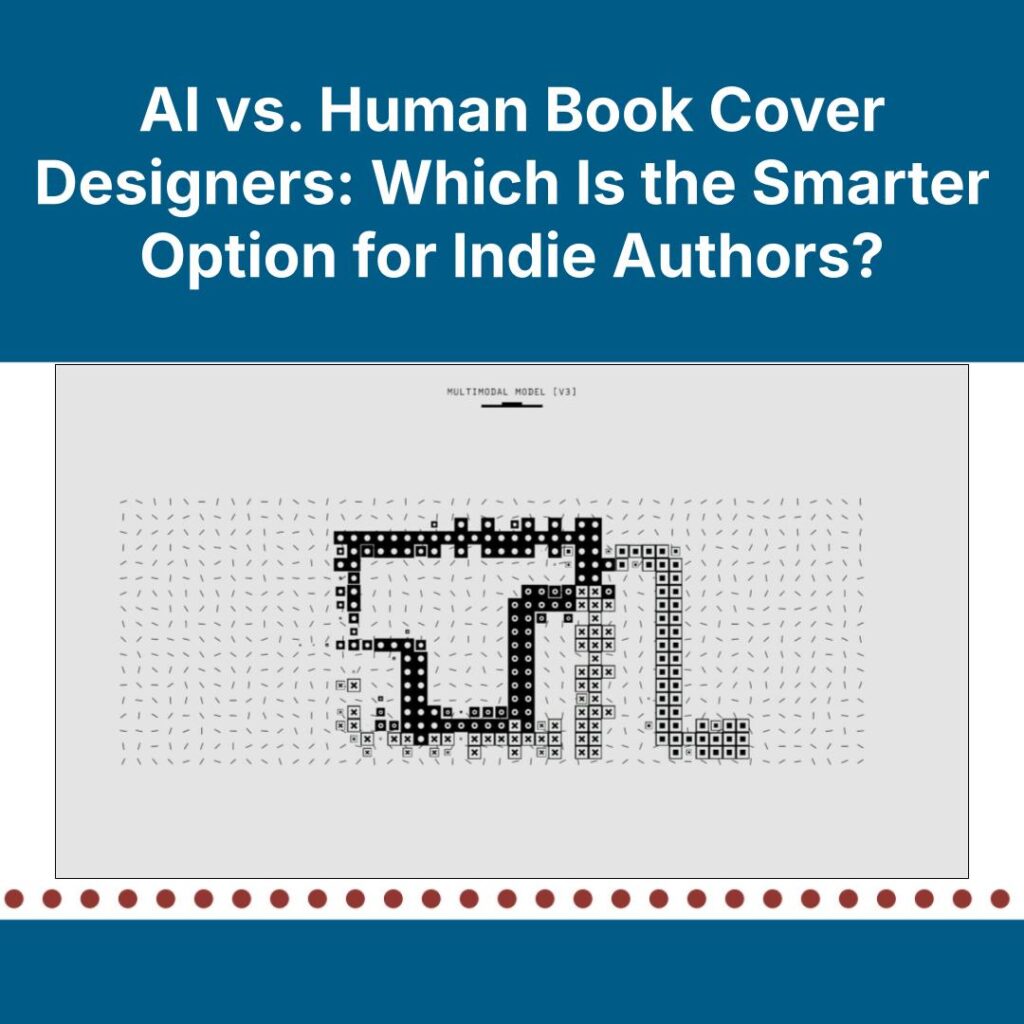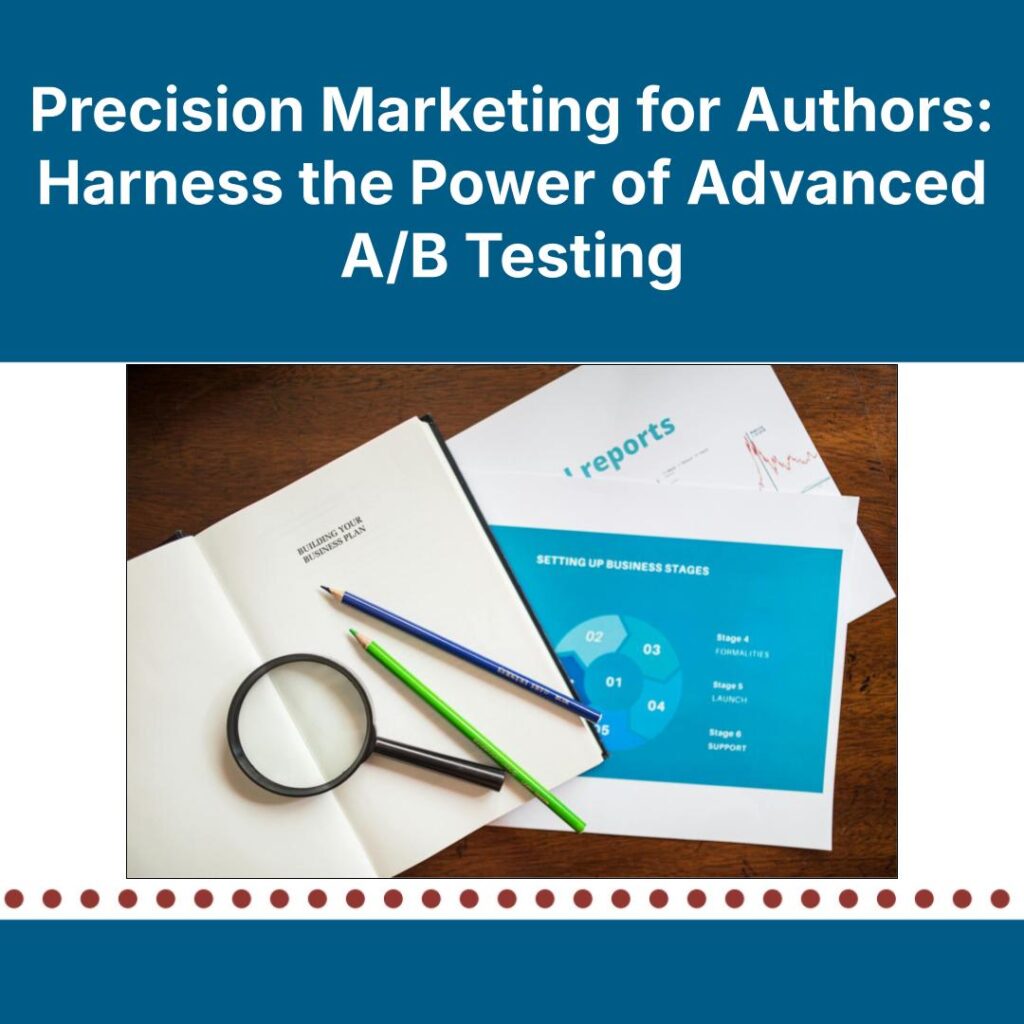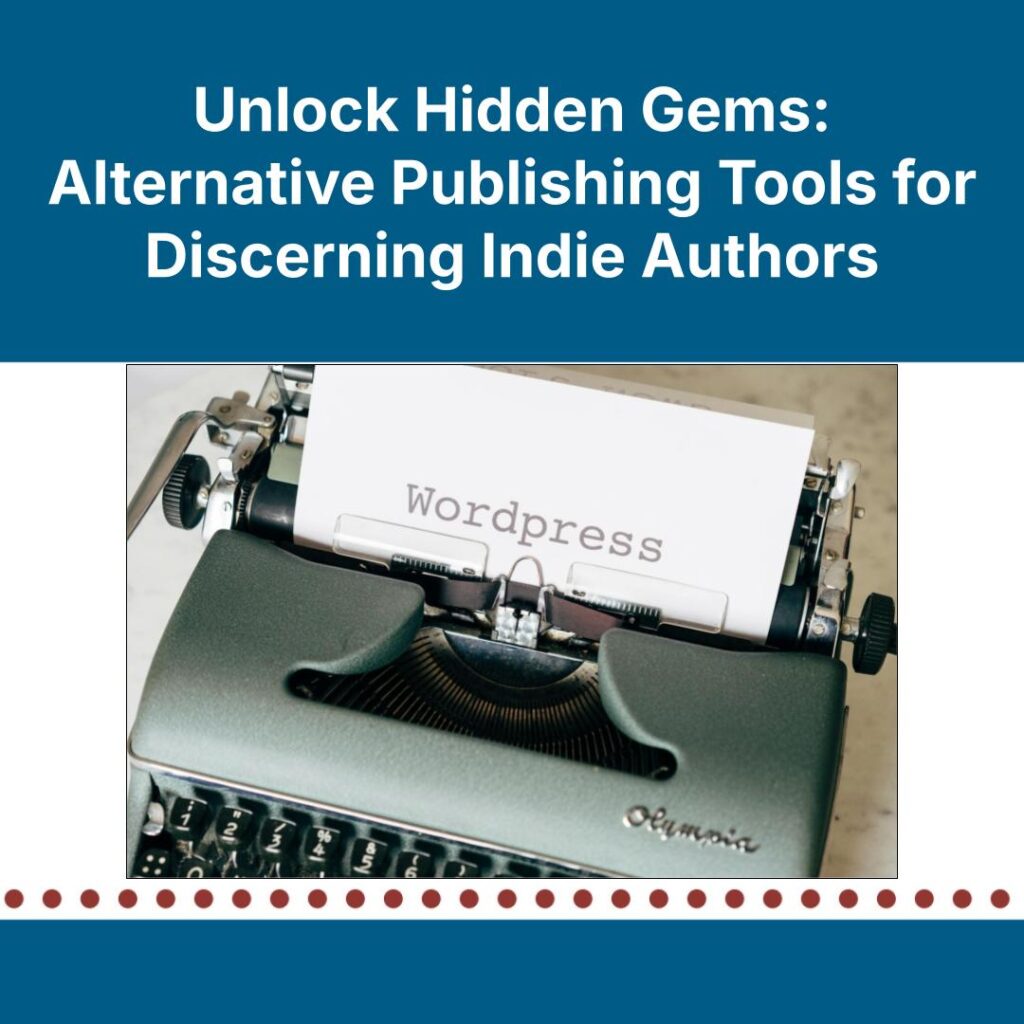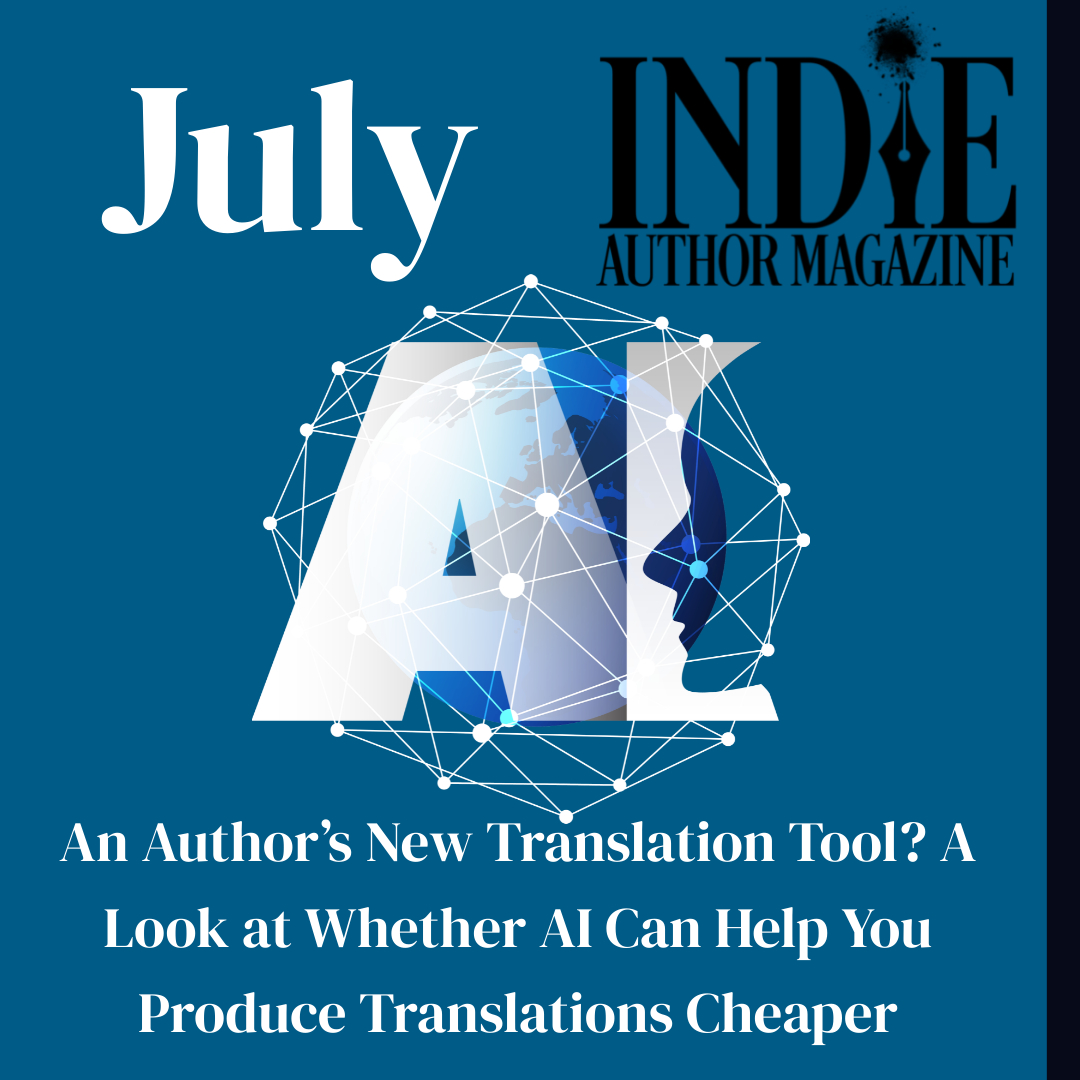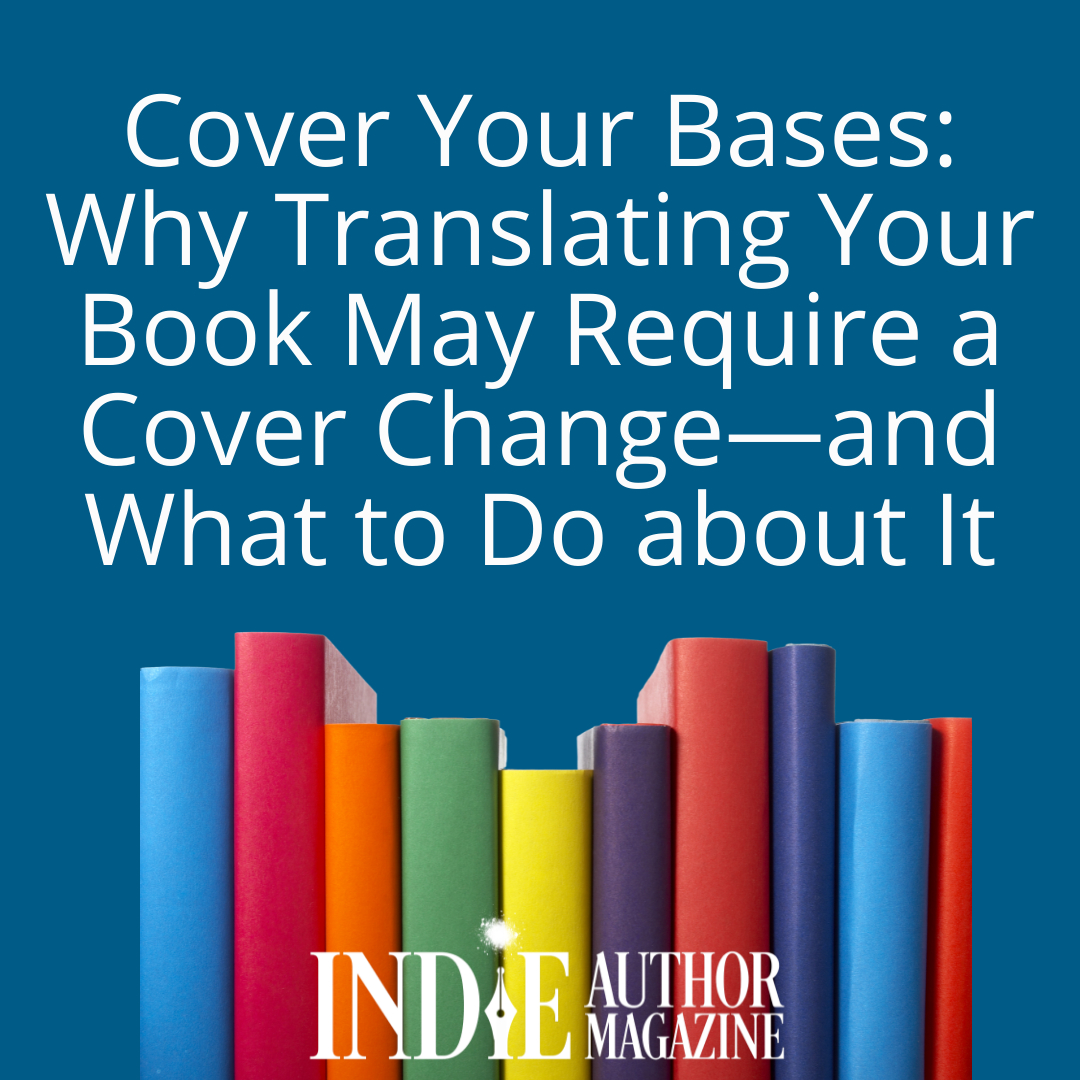Artist versus Algorithm: Who Wins the Cover Game?
Nothing starts a book conversation like a well-designed cover, but if the cover is doing the talking for you, it needs to speak volumes.
An aesthetically pleasing cover design can pique a potential reader’s interest before they’ve clicked on your blurb to read more. When it comes to balancing creative passion with business decisions, the stakes for delivering a strong visual representation have never been higher. So once the latest contender in the design world, AI-generated book covers, entered the publishing game, things changed drastically. But for better or for worse?
Suddenly, a process once driven by human collaboration, intuition, and artistry was now competing with code. Affordable, fast, and increasingly convincing, AI tools have changed the way some authors approach their cover design process. But though these are enticing perks for authors working within tight budgets and on strict timelines, they spark bigger, career-defining questions concerning quality, originality, ethics, and the future of human designers. What do we lose when we trade artistry for automation? Is AI the ultimate hack for savvy indie authors, or is it a shortcut that could eventually cause more harm than good?
Let’s explore the growing debate, breaking down the pros and cons, so you can decide what kind of cover creation best aligns with your vision, values, and long-term author brand.
The Case for AI Covers: Speed, Savings, and Scalability
One of the biggest advantages of AI-generated covers is that they’re fast and cheap. With platforms like Midjourney, Canva AI, and Adobe Firefly, authors can whip up professional-looking designs in minutes—sometimes for free or at a fraction of the cost of hiring a designer.
This has changed the game for indie authors with tight timelines or for those who are planning multiple releases in a year. AI can churn out dozens of cover mockups and promo images with the click of a button. For authors writing in niche or underserved genres, AI tools can easily generate genre-appropriate designs quicker than the time it takes to find a designer who is familiar with that market.
During an episode of The Creative Penn podcast, UK-based New York Times and USA Today best-selling author Joanna Penn shared how she uses AI-generated images in collaboration with her professional designer to overcome challenges in sourcing specific visuals—particularly when representation is lacking in traditional stock photo libraries. In one case, she needed an image of a female combat photographer for a project and was unable to find one that matched her vision. She generated a base image using AI, which then became a creative reference point that she and her designer used to develop a cover that felt true to the story.
Many AI platforms, such as BookBrush and Adobe Firefly, also have built-in features that optimize content for online visibility, producing vibrant, scroll-stopping thumbnails that pop on retailer platforms or social media. For indie authors hustling in an overcrowded digital marketplace, these performance-driven designs can be a serious perk.
Where the Robots Fall Short: The Missing Human Touch
Although AI might check boxes on affordability and speed, it often misses the mark when it comes to emotional resonance and originality.
Professional designers bring a human intuition that AI can’t replicate. A skilled designer doesn’t just slap together on-brand colors and genre-appropriate fonts—they read your story pitch, talk through your vision, and help you shape a visual identity that reflects the heart of your book and author theme.
There are also the issues of repetition and formulaic design. AI cover generators are trained on existing images and data, which can lead to designs that feel a little … familiar. And it’s not always in that feel-good kind of way. If a dozen other authors in your genre use the same tools and prompts to generate their own covers, it’s easy to end up with a design that blends into the background rather than stands out on the virtual shelf.
When it comes to print readiness, professional designers know how to handle technical specs like bleed lines, trim size, spine width, and file formatting. Sure, an AI-generated image might look great on your screen, but that doesn’t mean it will play nice with printers or picky distributors. A blurry spine or off-center barcode will quickly soil a reader’s first impression. AI also has its quirks with physical details. Hands, eyes, and smaller or more intricate accessories can appear blurry, warped, or blended in ways that look unnatural and that stand out on a book cover for all the wrong reasons. Authors who use generative AI to create their covers may find themselves correcting or retouching AI-generated images to clean up these flaws. Without design experience, that editing process can become frustrating or costly.
Lastly, for branding across a series, a human artist can maintain consistency across multiple books, incorporating subtle design cues to help readers recognize your work immediately. AI doesn’t retain this information, nor can it regenerate or make revisions to a design it’s produced.
Legal and Ethical Speed Bumps
As tempting as AI covers can be, they also come with their fair share of ethical and legal gray areas—especially with copyright and consent.
During a keynote at IBPA’s 2025 Publishing University, Maria A. Pallante, president and CEO of the Association of American Publishers, stated, “AI-generated content does not have protection under the copyright clause. The artist must be human.” According to the US Copyright Office, as of now, generative AI images that are not transformatively altered by a human are considered to be in the public domain and are therefore uncopyrightable.
Many popular AI tools are trained on published content gathered from the internet, including copyrighted artwork. That means the image your AI tool generates might be based on work from an artist who never granted permission for its use—and who’s not getting paid for it. That raises big concerns for authors, especially those who are planning to monetize their book. You could unknowingly be infringing on someone else’s intellectual property, which could lead to takedown notices or legal challenges down the road.
There’s also the growing issue of designer disclosure. Some designers—especially those offering ultra-low-cost packages—don’t inform authors they’re using AI tools or stock sites that provide AI-generated images. If originality and ethical sourcing are important to you, it’s worth asking direct questions like:
- Do you use AI tools in your design process?
- Are the stock images AI-generated?
- Can you confirm that I have commercial rights to use this cover?
A Growing Environmental Concern
Another factor worth considering is the environmental impact of AI. Training and running large-scale AI models require substantial computing power, which consumes energy and contributes to carbon emissions. Although the full scope of AI’s ecological footprint is still being studied, it’s an emerging concern, especially for authors and publishers who prioritize sustainability in their publishing practices.
Blending the Best of Both Worlds
AI and human artists stand on opposite sides of the cover design debate, but many authors have taken a strategic approach that may be somewhere in the middle: using AI as a conceptual tool to generate mood boards, play with color palettes, or create rough drafts that help communicate their vision to an artist. They later bring in a professional designer to refine, format, and finalize a polished, market-ready product.
This hybrid approach can save them time and money on the front end while ensuring their final design meets professional standards. This option may offer creative exploration without giving up the benefits of human collaboration and experience.
Whichever route you choose, treating your cover design process like a business decision focuses not only on what looks good but also on what sells and builds your brand long term.
Cover Your Bases: Best Practices for Authors
To avoid headaches and keep your project on track, consider the following, regardless of the design approach you’d like to use.
- Vet your tools. If using AI, choose platforms with clear terms of use and transparent licensing.
- Ask the right questions. If hiring a designer, request proof of licensing for all images.
- Read the fine print. Don’t assume you have commercial rights just because you paid for the image. Make sure your license covers print, digital, advertising, and merchandise if needed.
- Test before you invest. AI can be great for quick mockups or A/B testing with your audience before committing to a final design.
- Keep your brand in mind. Whether using AI or professional design, think beyond just one book. Does the style align with your author brand?
Who Wins the Cover Game?
The cover design decision you make for your business ultimately depends on your goals.
AI-generated covers are a viable option for budget-conscious authors who need fast, genre-savvy visuals and aren’t overly concerned with long-term branding or originality. Professional designers, on the other hand, are still the gold standard for customized, print-ready work that authentically reflects your story. Still other authors have found success with using AI as an initial creative partner for building a visual reference, then partnering with a designer to bring the final concept to life with precision and polish.
No matter the route you take, always be informed. Your book cover is your first impression on your reader. Whether you build it with an artist, an algorithm, or both, make sure it reflects your values, your voice, and your vision. Your cover isn’t just decoration—it’s your book’s visual identity.
Eryka Parker
Eryka Parker is a book coach, an award-winning developmental editor, and writing instructor. As a women's contemporary author under the pen name Zariah L. Banks, she creates emotional intimacy novels that prove that everyone deserves to feel seen, appreciated, and loved. She lives in Northeast Ohio with her husband and two children and is currently working on her third novel.


